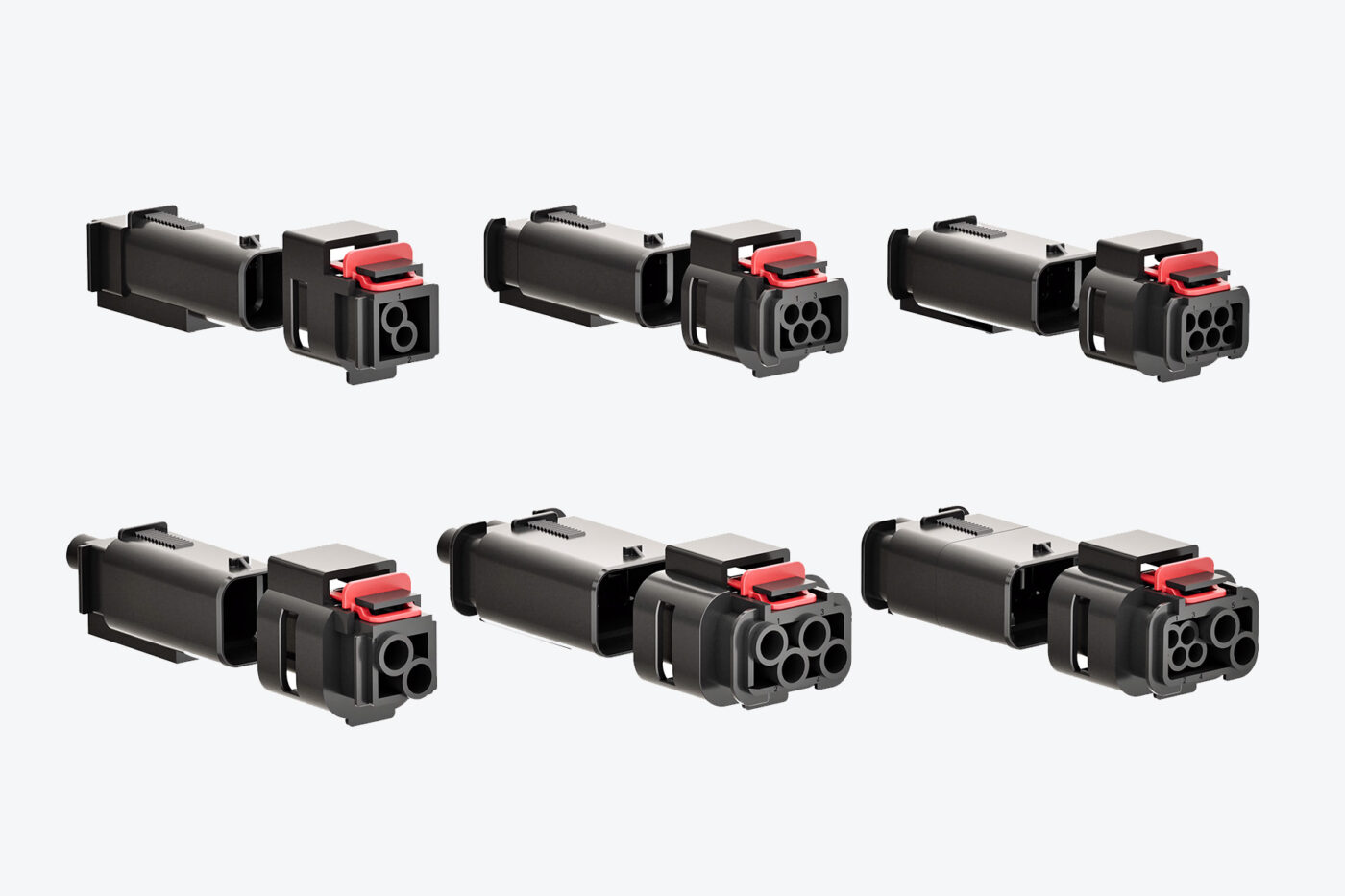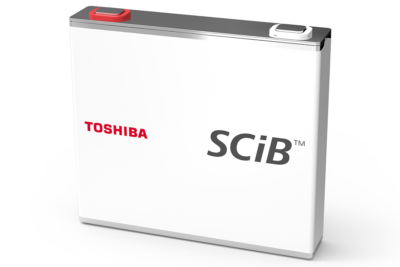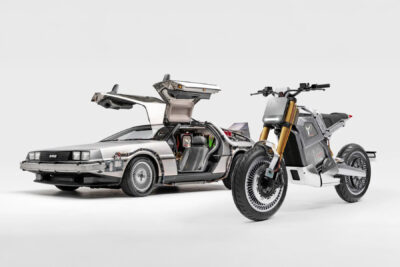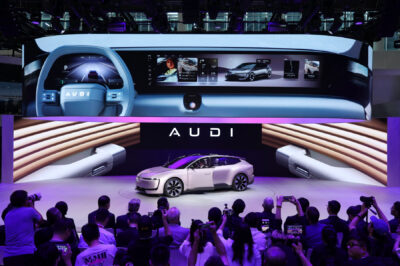Tesla discloses patents for 48-volt system
In the short blog post, Tesla describes the 48-volt architecture as “the optimal long-term choice, requiring ¼ of the current to deliver the same amount of power.” It has been developed “enable reliable autonomous vehicles, it utilizes robust single wire sealing and independent secondary locking mechanisms while minimizing the package size.”
As is so often the case with Tesla, the core aim is to simplify production and thus lower costs. According to a Deloitte study cited by Tesla, modern comfort and assistance systems have doubled the complexity and cost of electronics in the automotive industry. Today, more than 200 connections are usually required for a single vehicle, and the trend is rising.
The LVCS is intended to put an end to this trend: Engineers have defined just six plug designs for the LVCS. These are “designed to meet the power and signal requirements for over 90% of typical electrical device applications. This standardization unlocks further operational efficiencies, cost reductions and manufacturing automation,” Tesla wrote.
The US car manufacturer invites “all device suppliers and vehicle manufacturers to join us in this initiative.” The email address lvcs@tesla.com was set up for this purpose.
The background to the project is clear: if the Tesla system becomes a (de facto) industry standard, the quantities of LVCS-compatible components will increase significantly and prices will fall, which could theoretically also make repairs easier and cheaper. However, shortly after the publication of the Tesla proposal, it remains to be seen whether the LVCS is attractive enough for the rest of the industry to throw its own systems overboard.
When Tesla disclosed the patents for its own charging connection and coined the name NACS for ‘North American Charging Standard’, the reaction was initially rather muted, until around six months later, when two US heavyweights, Ford and GM, adopted the NACS. Today, almost all car manufacturers rely on the NACS for their electric North American models. However, the adaptation of a charging standard – especially in view of the much better developed Tesla Superchargers in the USA compared to CCS fast chargers – has been attractive for companies and end customers alike, while it is of secondary importance to the customer which 48-volt plugs are installed in their vehicle. As long as the functionality is right.





0 Comments